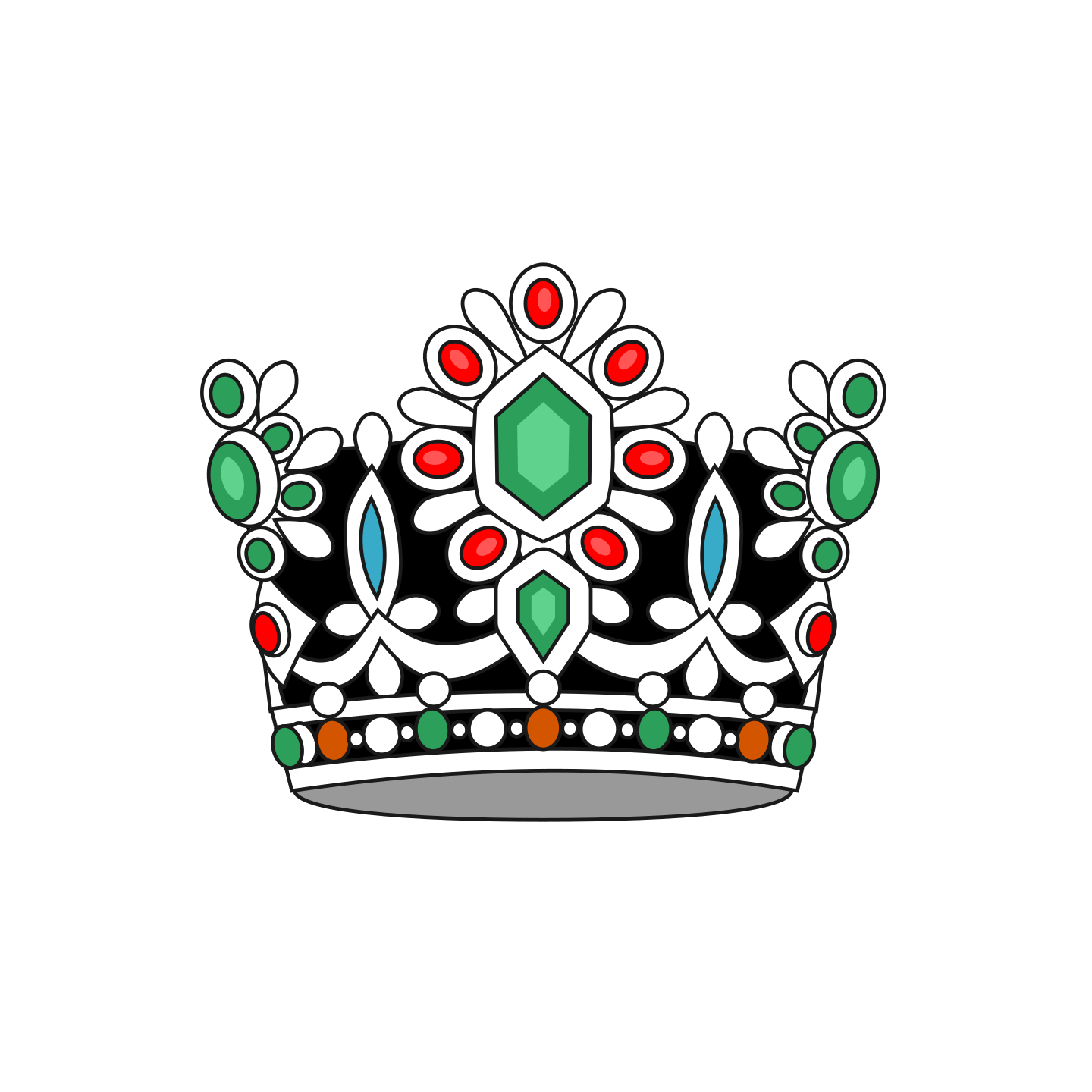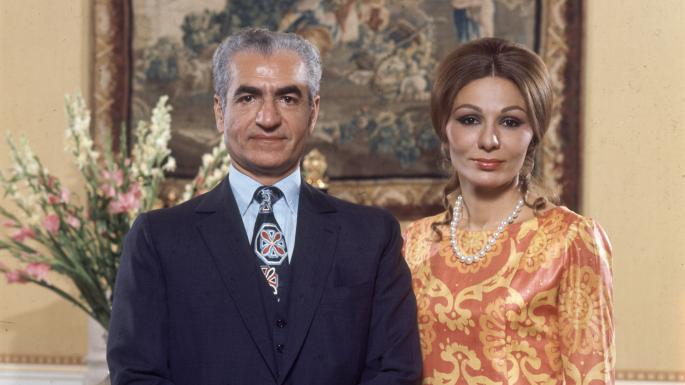A Dutch curator has been invited by Iran to conduct what he calls “contemporary archaeology”, cataloging its huge collection of modern art, including dozens of works by Picasso.
The Tehran Museum of Contemporary Art is planning a big exhibition next year to showcase pieces held in its vaults as well as works by Iranian and foreign artists. Its intended scale is a sign of Iran’s growing acceptance of and appetite for modern art, despite its conservative clerical leadership.
Farah Pahlavi, the wife of the former shah, was an avid collector of modern art until he was overthrown in 1979. She commissioned the building of the Museum of Contemporary Art, which opened in 1977, as protests against her husband’s rule began to gather steam.
After the revolution and for safety during the Iran-Iraq war in the Eighties, much of the collection was moved into the vaults, and many of its Picassos, Rothkos, and Francis Bacons have been seen only occasionally since.
The official view of modern art as decadent was lifted under the reformist President Khatami in 1999, after which there were several smaller exhibitions.
Mattijs Visser, a Dutch architect, and curator is now helping prepare a major exhibition, to open in February, called Portrait, Still-life, Landscape. It is due to feature between 400 and 500 works from the 3,000-strong collection.
Art remains a sensitive topic in Iran, although even conservative parts of the Islamic world have generally abandoned traditional opposition to the representation of the human form, particularly since the arrival of television.
Mr. Visser told The Art Newspaper that he would not display Renoir’s 1907 Gabrielle with an Open Blouse, which has previously been banned from view, or a male nude by Francis Bacon.
He said that the aim was not to focus on “big names”, and denied suggestions that the Picassos and other modern works he was cataloging were “lost paintings” being brought to light for the first time since the revolution.
“No work by Picasso, nor any other artist, has ever been ‘forgotten’ in the museum, but regularly displayed in different expositions in the museum, although this has not been noticed by curators, press, and specialists outside Iran,” he told The Times. However, he said that while the collection’s Picassos included a sculpture, two oil paintings, one tapestry, and more than 30 prints, only three works were cataloged.
The international art and cultural world have tried to maintain links with Iran both before the signing of the 2015 nuclear deal and since.
Hartwig Fischer, the director of the British Museum, visited Tehran in December after the museum’s milestone 2010 loan of the Cyrus Cylinder, a 2,500-year-old Persian treasure. The loan was the first time in 40 years the cylinder had been in Iran. Mr Fischer was reported to have discussed reciprocal loans from Iran to the museum for its upcoming Assyrian exhibition.
Article by The Times
CARLO BAVAGNOLI/THE LIFE PICTURE COLLECTION/GETTY IMAGES



